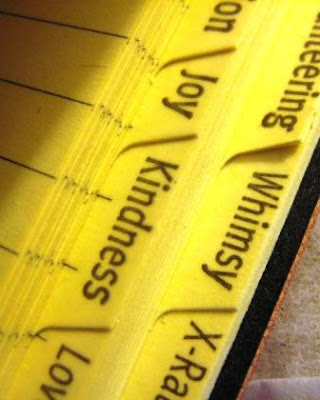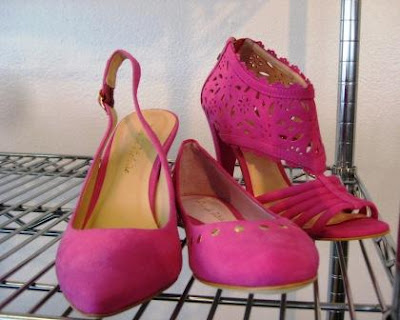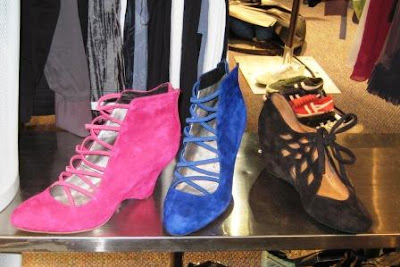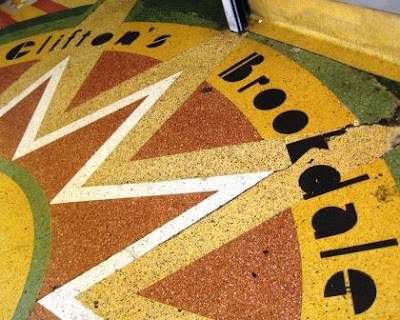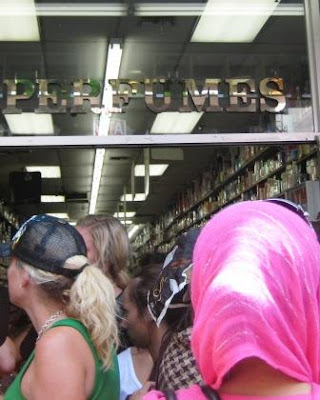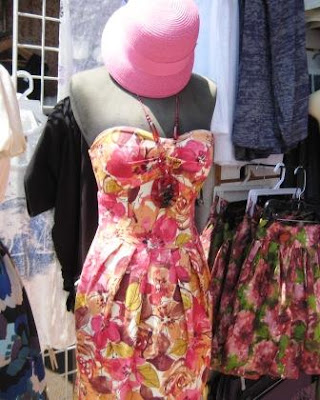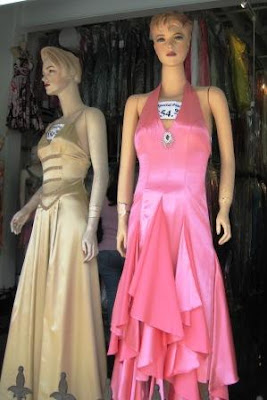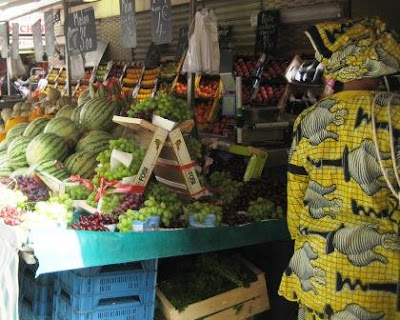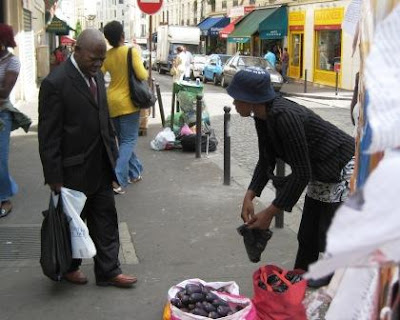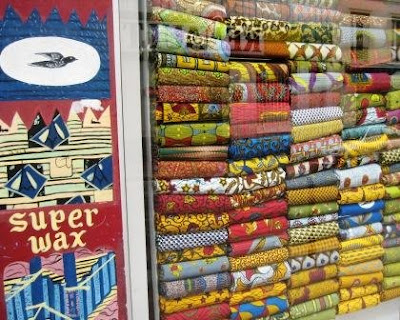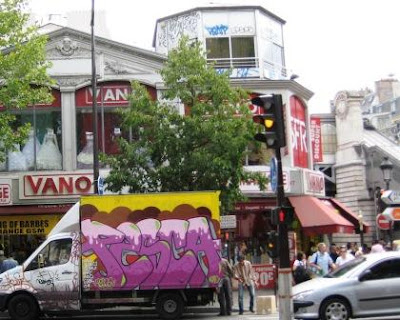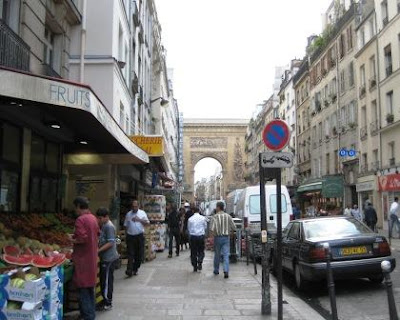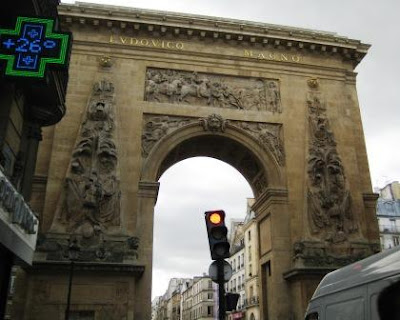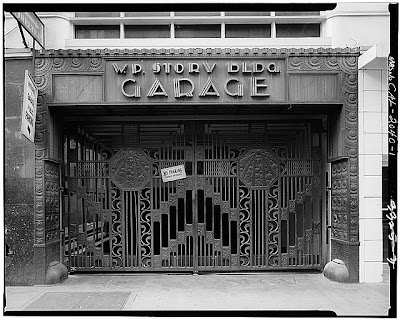 Sometimes you stumble onto something all unawares. In May I posted some pictures of signs for Carmi's Thematic Photographic. They were a set of art deco bronze letters, signs, embedded in the concrete sidewalk at the entrance to a parking garage on 6th Street in downtown Los Angeles.
Sometimes you stumble onto something all unawares. In May I posted some pictures of signs for Carmi's Thematic Photographic. They were a set of art deco bronze letters, signs, embedded in the concrete sidewalk at the entrance to a parking garage on 6th Street in downtown Los Angeles. The letters are beautiful, but mysterious. The building at 610 S. Broadway housing the garage, the landmark W. P. Story building, had been built in 1908 - far earlier than the development of Art Deco style. The opening to the garage today is unadorned, drab, dark, and boring, disguised by a dirty canvas awning.
The letters are beautiful, but mysterious. The building at 610 S. Broadway housing the garage, the landmark W. P. Story building, had been built in 1908 - far earlier than the development of Art Deco style. The opening to the garage today is unadorned, drab, dark, and boring, disguised by a dirty canvas awning.View Larger Map
Yet there are these stylish letters, right beneath our feet. How did they come to be?
Today I was browsing around on one of my favorite online digital photo sites, the Library of Congress Print and Photograph Collection. And in the Historic American Building Survey collection, I happened upon these photos.
A project of the Department of the Interior, the Historic American Building Survey's purpose is to record significant historic structures. In many cases, the photographers got there just before the structures were destroyed. This collection is fascinating and heartbreaking to browse, if you love old buildings.
But sometimes, you find treasure. In 1934, the W. P. Story building was remodeled to include a parking garage. The designer was the architectural firm Morgan, Walls and Clements, designers of other iconic Los Angeles examples of Art Deco.
And it was, indeed, the most beautiful parking garage you could imagine.
 Here's how the notes accompanying the record put it:
Here's how the notes accompanying the record put it:"Significance: Designed by a firm equally skillful with the Zigzag or Streamlined modes (not to mention the Aztec Assyrian Revivals), the Story Garage is Los Angeles' purest example of Zigzag Moderne (Art Deco) as first defined at the 1925 Paris Exposition. The stylized floral motifs and female faces of the bronze gates appear to be indebted to that exposition as the direct source of their design. The signs embedded in the driveway itself are careful versions of the typical graphics of the period."The photographs are dated 1975. In that year, someone decided to remove the incredible bronze grilles, the terra-cotta portal, the proud lettering over the entry. Why? did they dislike the look? Was it a practical reason, to widen the entrance? Was it too hard to maintain, or to secure the garage? Did someone recognize the value of the artifacts, and con them away?
Who knows? But the HABS preserved what had been there. And the letters in the sidewalk left a clue that told the tale.
 Yet another example of the hidden layers of richness that our own cities and homes hold for us to find. Let's never stop looking - Okay?
Yet another example of the hidden layers of richness that our own cities and homes hold for us to find. Let's never stop looking - Okay?



